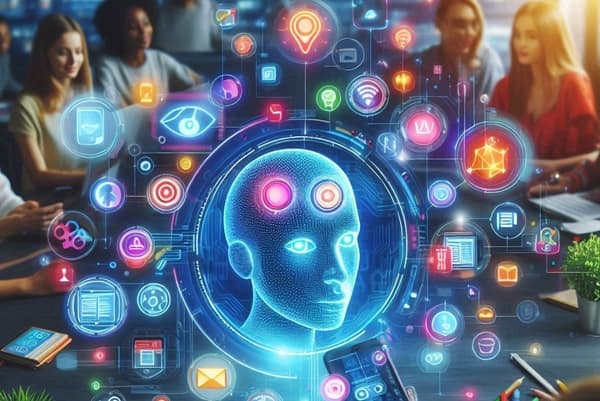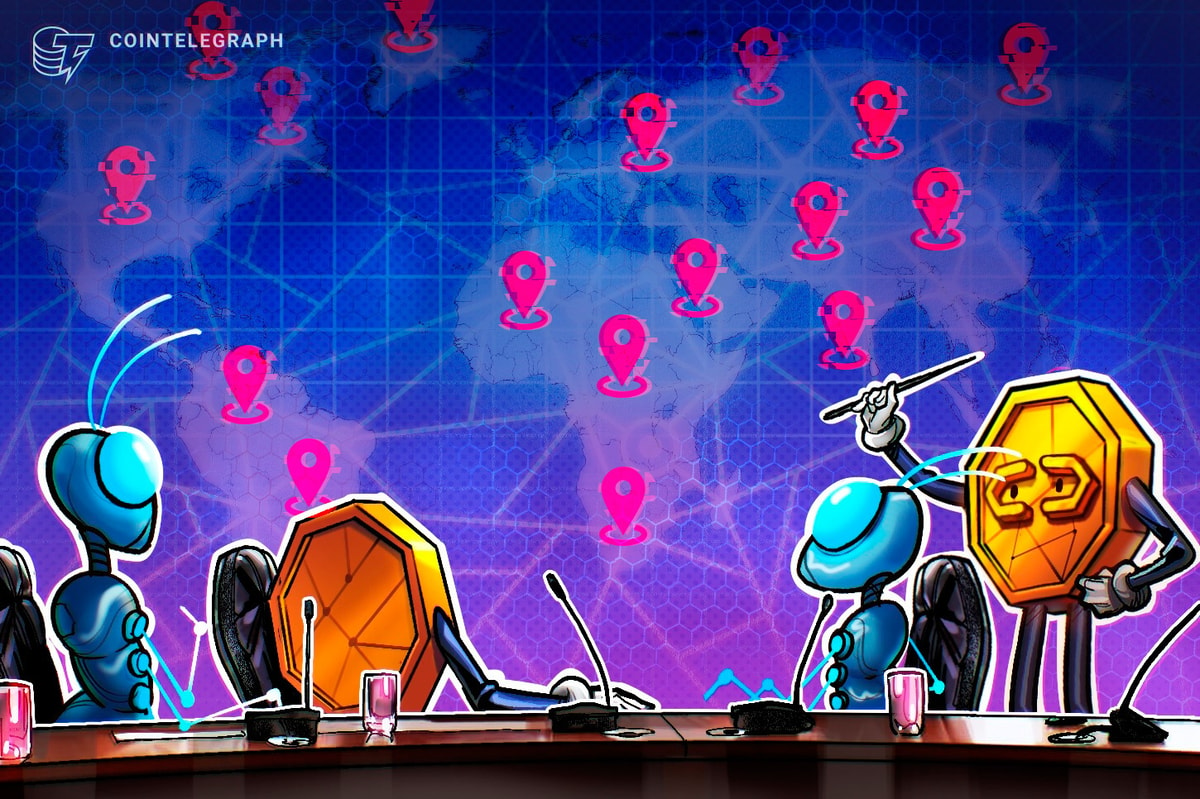In 2025, businesses aren’t just translating documents—they’re transforming how they work across borders. Thanks to rapid developments in AI, translation has become faster, more secure, and more scalable.
Whether it’s legal contracts, marketing brochures, or internal reports, companies now rely on AI-driven tools to process documents in multiple languages—instantly, affordably, and with accuracy that rivals human translators. This shift is changing how companies operate globally, especially for small and medium businesses looking to grow without expanding their teams.
Why translation still matters in 2025
Even in a world dominated by AI, translation is more critical than ever. Businesses in 2025 are expanding internationally at unprecedented speeds—entering new markets, hiring global talent, and managing operations across multiple jurisdictions. In this environment, accurate and timely communication isn’t a nice-to-have—it’s a requirement.
Legal compliance demands precise translations of contracts, policies, and financial documents. Meanwhile, customer expectations have shifted: people now expect support and content in their native language. Marketing, onboarding, and customer service all rely on multilingual communication to build trust and drive growth. Translation remains the bridge that connects businesses to global opportunities.
What’s changed: From manual to AI-powered translation
The way businesses approach translation in 2025 has drastically evolved. Companies have shifted from relying solely on manual processes to adopting AI-powered systems that offer speed, scalability, and consistency.
Tomedes, long recognized for its human translation expertise, responded to this shift by creating a dedicated machine translation platform tailored to the real-world needs of its clients. As Ofer Tirosh, CEO of Tomedes, put it on LinkedIn, “When we built MachineTranslation.com, the goal wasn’t just to automate translation. It was to make it usable, at scale, and for real-world business needs.” (source).
Here’s what’s different:
- Limited scalability of traditional services
- AI trained on multilingual data
- Bulk document translation in seconds
- Reduced reliance on human post-editing
- Built-in glossaries and layout retention
These advancements mean businesses no longer need to compromise between quality and speed. AI-driven translation platforms offer a streamlined, cost-effective solution that works across formats, teams, and languages—giving even small companies access to global communication tools once reserved for large enterprises.
How AI translation works for business documents
AI translation tools have matured beyond simple sentence-level translation. In 2025, businesses are using them to manage full documents with accuracy, formatting, and context. Here’s how it works:
- Upload and translate major file formats — Tools now support DOCX, PDF, XLSX, and PPTX files, making it easy to process common business documents.
- Preserve structure and layout — Translations retain tables, headings, bullet points, and design elements, reducing the need for manual reformatting.
- Use of custom glossaries — Businesses can define brand-specific terminology so the translations are consistent with internal language and tone.
- AI memory for context — Some tools remember previous translations to ensure consistency across projects.
- Tone and audience controls — Users can set the level of formality or intended audience to align with communication goals.
These features allow companies to treat translation as a seamless part of their workflow, not an isolated task. By combining speed with consistency, AI-powered document translation makes it easier to scale operations across regions—without compromising on quality or brand voice.
Human review still has a role
Even with advanced AI, human oversight remains essential in many contexts. Businesses often combine automated translation with expert review to ensure precision, especially in industries where nuance, tone, and compliance carry significant weight. This human-in-the-loop approach helps maintain quality, reduces risk, and ensures that the final output aligns with brand, legal, or regulatory expectations.
Industries leading the way
According to CSA Research, 92% of global enterprises already use AI to support translation and localization processes. As businesses demand more speed and scale, AI translation has become essential in document-heavy sectors that require high accuracy and tight turnaround times.
- Legal, finance, and e-commerce
- Healthcare and biotech
- Public sector and international NGOs
- Manufacturing and supply chain
- Travel, tourism, and hospitality
These industries benefit from AI translation not just to save time and reduce costs, but to ensure multilingual communication is fast, secure, and compliant. From contracts and technical manuals to patient records and policy documents, AI tools are now embedded in daily operations across these fields.
Benefits for small and medium businesses
Small and medium businesses stand to gain the most from AI translation in 2025. Unlike large corporations with dedicated language teams, SMBs often face budget constraints and tight deadlines. AI translation bridges that gap—offering enterprise-level capabilities to companies of all sizes, without the overhead. The result is faster, more professional multilingual communication that supports growth across borders.
Access to global markets
AI translation removes traditional language barriers, allowing small businesses to reach new regions without costly language support. With tools that support over 270 languages and preserve formatting, companies can now engage global customers with minimal friction. Faster Document Turnaround
Fewer multilingual staffing needs
AI translation helps reduce the need for hiring multilingual staff just to support basic communication tasks. Automated translation tools can handle a high volume of internal and external documents, allowing teams to operate globally without requiring employees fluent in multiple languages. This helps cut labor costs and simplifies hiring—especially for startups and lean teams working across borders.
Simpler website and product localisation
AI translation simplifies the process of localising websites, product catalogs, and help content for international markets. Instead of relying on developers or external teams, businesses can translate entire websites and digital assets in-house—preserving structure, tone, and SEO metadata. This helps SMBs offer a native-language experience to users in every region they serve.
Scalable translation without extra hiring
AI translation allows growing businesses to handle more content without adding headcount. As companies expand into new markets or onboard new customers, translation workloads increase—but staffing doesn’t have to. AI tools enable teams to manage higher volume across multiple languages without slowing down or overextending internal resources.
Risks and limitations to watch
While AI translation has become more advanced, it’s not without risks. Errors in sensitive documents like contracts or healthcare records can lead to serious consequences. Relying solely on free tools without built-in quality checks may result in inconsistencies or inaccurate translations. Additionally, businesses must be mindful of data security, especially when uploading confidential documents to online platforms. Understanding these limitations helps companies build a more balanced and responsible translation workflow.
Best practices for AI-powered document translation
To make the most of AI translation while minimizing risks, businesses should follow key best practices that ensure quality, consistency, and data security.
- Review important documents before publishing or sharing externally
- Choose tools with built-in quality scoring and terminology glossaries
- Use platforms that preserve original formatting and layout
- Prioritize tools that offer secure translation modes for confidential files
- Keep a human reviewer in the loop for high-stakes content
Following these steps allows companies to confidently integrate AI translation into their workflows. The result is faster, more reliable communication that supports growth while maintaining professional standards.
Why AI is reshaping the translation industry
AI translation is no longer just a cost-cutting tool—it’s a competitive advantage. In 2025, businesses are using AI not only to speed up translation but to scale global communication, reduce errors, and reach new markets efficiently. From streamlining internal workflows to adapting customer-facing content in multiple languages, AI is making translation faster, smarter, and more accessible. Companies that integrate AI-powered tools today are laying the foundation for stronger global operations tomorrow.








